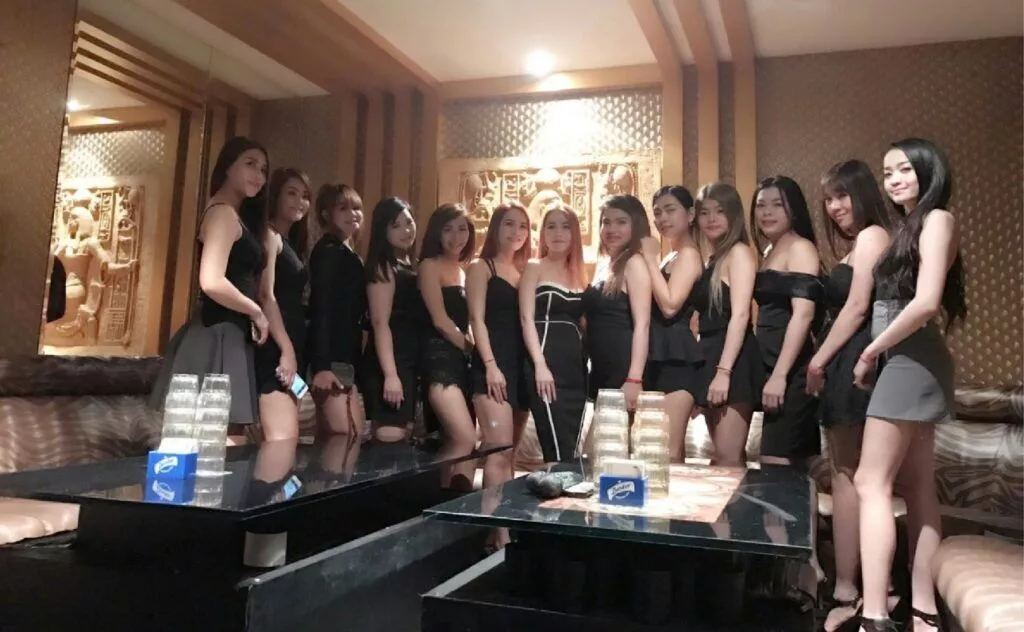One of the many reasons why Rio de Janeiro is considered by many tourists as an incredible city to visit is without any doubt the 베트남 가라오케 the city offers. Only here you get a wide variety of bars, discos and other places where people have the possibility to come, have a drink, dance and basically have a good time, evading from their own problems and worries for just a couple of hours of ultimate relaxation. With this article we will offer you a small image about what the nightlife in Rio is all about.
The illustrious locals tend to gather in neighborhood bars called “botequins” which are known and treasured for their rather unique combination of unkempt decor and perfectly drawn draft beer and basic yet very tasty snacks. Of course, Rio is not all about these bars; here you get a bundle of movie houses, theaters that offer all the much needed diversity to satisfy all kinds of tastes. Rio hosts many shows in the famous Maracana soccer stadium that has welcomed names starting with the Rolling Stones and ending with Frank Sinatra. The Municipal Theater features many classical music concerts as well as operas and ballets for people with refined tastes.
As far as the music domain is concerned, the Brazillian traditional dominates – choro and samba. The syncopatic beat of the latter cannot be confused with any other genre in the world. However, the beats of samba’s erudite cousin – choro, might be less familiar. Choro has its roots in the 19th century salon dances and later on emerged when original keyboard compositions were arranged for guitar, tambourine, flute and cavaquinho (a relative of the ukulele).
Downtown, tourists can find gafieria clubs. The term “gafieria” was invented at the beginning of the 1900s in order to describe the dance halls of the city’s working class neighborhoods. If you happen to be in Rio, it is advisable to go to an “ensaio” – literally rehearsal, but actually a party at one of the many samba schools in Rio de Janeiro. Though generally located in poor districts, these places are generally safe for visitors on ensaio nights. The most accessible logistically are Vila Isabel and Salgueiro.
Moving progressively south with the middle class for decades, the epicenter of the fashionable Brazilian nightlife has returned to the old city center where the roots have been established many years ago. The main concentration of clubs and bars can be found in the Lapa district, which is located in the vicinity of the distinctive “Arcos,” the former aqueduct that looms with its arches in white over the neighborhood. Roughly almost 40 neighborhood clubs feature Brazilian music, says Plinio Froes, who owns a club called Rio Scenarium. Most clubs welcome an eclectic mix of patrons of all ages. In Ipanema, the area around the Rua Garcia D’Avilla has a lot of nightclubs and bars that cater to various demographics.
All things considered, Rio de Janeiro has plenty to offer to the tourists looking for an exciting nightlife. Only here you get a wide variety of bars, restaurants, clubs, music halls and other places that bring together people from various classes in a special unity of friendship and peace.
